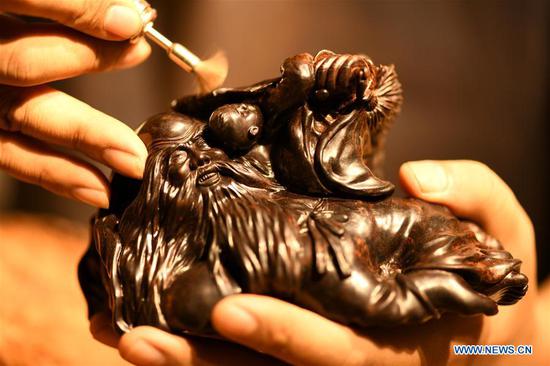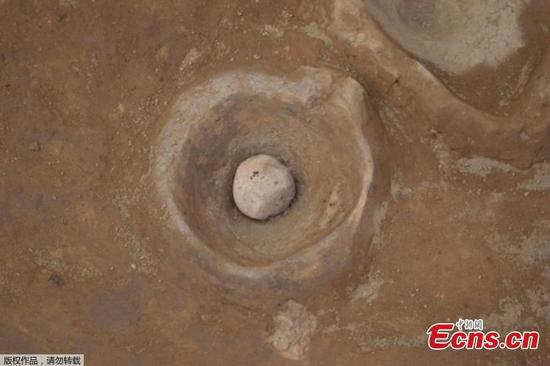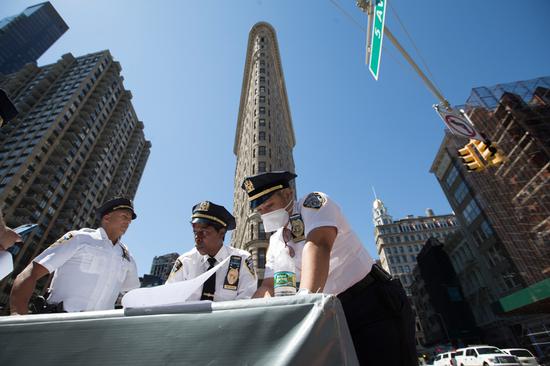A study published on Friday in the journal Cell Death & Disease showed that the mice developed with wrinkled skin and visible hair loss could be restored by turning off a gene, lending a clue for potential therapy against aging.
When a mutation leading to mitochondrial dysfunction was restored, the mice returned to smooth skin and thick fur, indistinguishable from a healthy mouse of the same age, researchers from the University of Alabama at Birmingham (UAB) found.
In humans, a decline in mitochondrial function is seen during aging, and mitochondrial dysfunction can drive age-related diseases.
"This mouse model should provide an unprecedented opportunity for the development of preventive and therapeutic drug development strategies to augment the mitochondrial functions for the treatment of aging-associated skin and hair pathology and other human diseases in which mitochondrial dysfunction plays a significant role," said Keshav Singh, a professor of genetics in the UAB School of Medicine who led the study.
The mutation in the mouse model is induced when the antibiotic doxycycline is added to the food or drinking water and this causes depletion of mitochondrial DNA because the enzyme to replicate the DNA becomes inactive, according to the study.
In four weeks, the mice showed gray hair, reduced hair density, hair loss, slowed movements and lethargy.
Also, wrinkled skin was seen four to eight weeks after induction of the mutation, and females had more severe skin wrinkles than males.
According to the study, the skin of induced-mutation mice showed increased numbers of skin cells, abnormal thickening of the outer layer, dysfunctional hair follicles and increased inflammation.
These are similar to extrinsic aging of the skin in humans. The effect of external factors includes skin wrinkles that develop from excess sun or long-term smoking.
The mice with depleted mitochondrial DNA also showed changed expression of four aging-associated markers in cells, similar to intrinsic aging, or the natural process of aging.
However, this hair loss and wrinkled skin were reversed about a month later after doxycycline was stopped, allowing restoration of the depleted mitochondrial DNA.
They found that the reversal of the mutation restored mitochondrial function, as well as the skin and hair pathology. This showed that mitochondria were reversible regulators of skin aging and loss of hair.
Mitochondria in cells, known as the powerhouses of the cells, produce 90 percent of the chemical energy cells need to survive.


















































